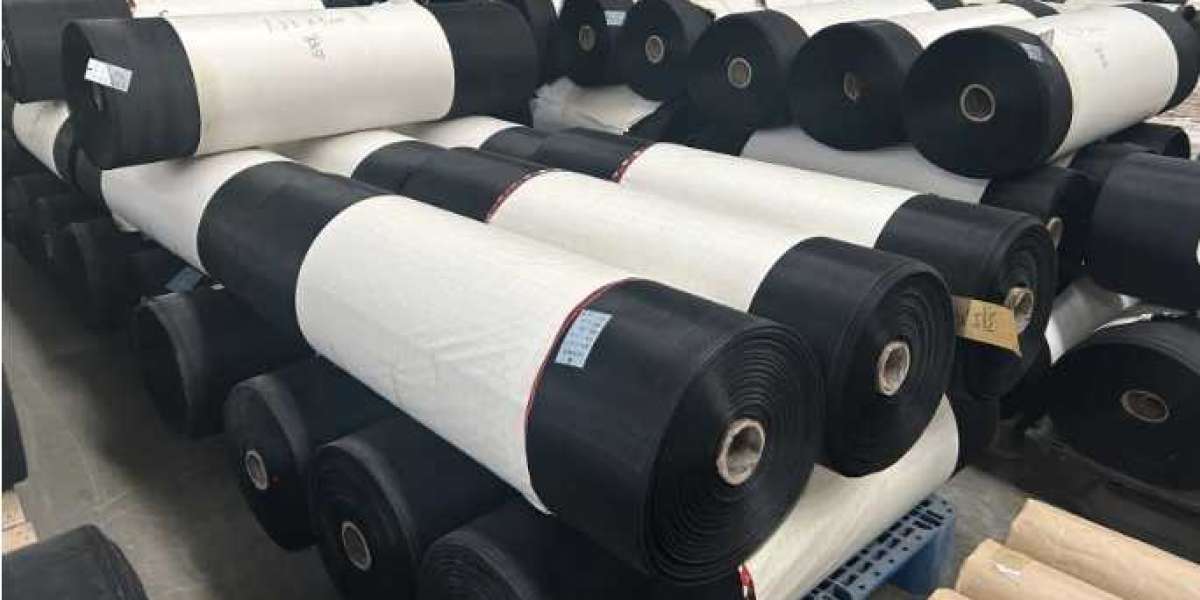In the world of embroidery, digitizing is a crucial step that transforms your designs into beautiful stitched works. Digitizing for embroidery refers to the process of converting artwork or images into a format that embroidery machines can read. This conversion is essential for achieving high-quality embroidery and is widely used by service providers in the embroidery industry.
Whether you’re looking to create custom designs or reproduce existing artwork, understanding the basics of digitizing is vital. With the right knowledge, you can ensure your designs come out looking exactly as you envisioned. Let’s explore the importance of digitizing and how it plays a significant role in embroidery services.
The Role of Digitizing in Embroidery
Digitizing is the backbone of any embroidery project. It involves several steps, starting with selecting the right image and ending with stitching the final design on fabric. High-quality digitizing ensures that the final embroidery is precise and visually appealing.
When you send a design to a digitizer, they analyze the artwork and make necessary adjustments for the best outcome. This includes determining stitch types, directions, and densities. The digitizer's expertise is vital in ensuring that the design will be easy to embroider and look great on the chosen fabric.
If the digitizing is not done properly, you may end up with misaligned stitches, uneven thread tension, or other issues that can affect the overall appearance of your embroidery. Therefore, investing in quality digitizing services is essential for achieving the best results.
Selecting the Right Image for Digitizing
The quality of the image you provide for digitizing can significantly impact the final embroidery. A clear, high-resolution image will make it easier for the digitizer to create an accurate design. Here are some tips for selecting the right image:
- Resolution Matters: Choose images with a minimum resolution of 300 DPI (dots per inch). This ensures that the details are sharp and clear during the digitizing process.
- Simplicity is Key: Simple designs often translate better into embroidery. While complex designs can be beautiful, they can also lead to more challenges during the digitizing process.
- Consider Color Choices: Think about the colors you want to use in your design. Some colors may not work well when translated into thread, so selecting colors that will look good when stitched is important.
- Test with a Small Sample: If you're unsure how your image will translate into embroidery, consider testing it with a small sample run. This allows you to see how the design looks in thread and make adjustments if necessary.
The Process of Digitizing for Embroidery
Understanding the process of digitizing for embroidery can help you appreciate the work involved. Here’s a step-by-step breakdown of what happens during the digitizing process:
- Artwork Preparation: The first step involves preparing the artwork for digitizing. This may include cleaning up the image and ensuring it is in the right format.
- Digitizing Software: The digitizer uses specialized software to trace the image. This software converts the image into a digital format that the embroidery machine can interpret.
- Choosing Stitch Types: Different areas of the design may require different types of stitches. The digitizer selects the appropriate stitches for each part of the design to achieve the desired effect.
- Adjusting Stitch Density: Stitch density refers to how closely the stitches are placed together. The digitizer adjusts this based on the design and the fabric being used to ensure the final product looks great.
- Testing the Design: Once the design is digitized, it is crucial to test it on fabric. This allows the digitizer to see how the design will look when stitched and make any necessary adjustments.
- Finalizing the Design: After testing and making adjustments, the design is finalized and saved in a format compatible with embroidery machines. This ensures a smooth transition from digital design to physical embroidery.
Choosing a Reliable Digitizing Service Provider
Finding the right digitizing service provider can make a significant difference in the quality of your embroidery. Here are some factors to consider when selecting a service:
- Experience and Expertise: Look for a service with a proven track record. Experienced digitizers are more likely to understand the nuances of digitizing and can provide better results.
- Portfolio of Previous Work: Review the service provider's portfolio to see examples of their past work. This can give you an idea of their capabilities and the quality you can expect.
- Customer Reviews and Testimonials: Reading reviews from previous clients can provide insights into the reliability and quality of the service. Positive feedback is a good sign that the service provider meets customer expectations.
- Communication and Support: Good communication is essential throughout the digitizing process. Choose a service that is responsive and willing to address your questions or concerns.
Common Mistakes to Avoid When Digitizing
Even experienced digitizers can encounter challenges. Here are some common mistakes to avoid when digitizing for embroidery:
- Ignoring Fabric Type: Different fabrics require different digitizing approaches. Failing to consider the type of fabric can lead to issues like puckering or poor stitch quality.
- Overcomplicating Designs: While intricate designs can be stunning, they can also complicate the digitizing process. Keeping designs relatively simple can lead to better results.
- Neglecting Test Runs: Skipping test runs can result in costly mistakes. Always test the digitized design on the chosen fabric before finalizing the order.
- Inconsistent Communication: Poor communication can lead to misunderstandings about the design or expectations. Ensure that you and the digitizer are on the same page to avoid issues.
Tips for Successful Digitizing for Embroidery
To achieve the best results in your embroidery projects, consider these tips for successful digitizing:
- Work with Professional Digitizers: Choosing an experienced digitizer can significantly impact the quality of your embroidery. Professionals have the knowledge and skills to handle various designs effectively.
- Provide Clear Instructions: Be specific about your design preferences and expectations. Providing detailed instructions can help the digitizer understand your vision.
- Stay Open to Suggestions: Digitizers often have valuable insights and suggestions based on their experience. Being open to their recommendations can lead to a better final product.
- Review Final Designs Carefully: Before proceeding with production, review the final digitized design carefully. Make sure it aligns with your expectations and make any necessary adjustments.
The Impact of Technology on Digitizing for Embroidery
As technology continues to advance, so does the digitizing process. New software and tools are making it easier to create high-quality embroidery designs. Here are some trends shaping the future of digitizing for embroidery:
- Artificial Intelligence: AI technology is being integrated into digitizing software, allowing for faster and more accurate design processing. This can significantly reduce turnaround times for clients.
- 3D Embroidery Techniques: The rise of 3D embroidery is changing how designs are created. This technique adds depth and texture, allowing for more visually striking results.
- Remote Digitizing Services: Many digitizing services now operate online, allowing clients to submit designs remotely. This convenience enables quicker access to services from anywhere.
- Improved Software Features: New software updates frequently introduce features that streamline the digitizing process, making it more accessible for both professionals and hobbyists.
Conclusion: Embracing the Art of Digitizing for Embroidery
In conclusion, digitizing for embroidery is a vital aspect of the embroidery industry. It allows for the creation of stunning designs that can be brought to life on fabric. By understanding the process, choosing the right service provider, and avoiding common pitfalls, you can achieve impressive results in your embroidery projects.
As technology continues to evolve, staying informed about the latest trends and techniques will enhance your embroidery experience. Whether you are a business owner, hobbyist, or just starting, embracing the art of digitizing can unlock new creative possibilities for your embroidery work.
With the right approach, you can transform your ideas into beautiful embroidered pieces that reflect your unique style and creativity. So, take the time to explore the world of digitizing for embroidery and see what amazing designs you can create.







